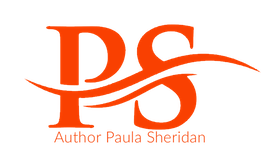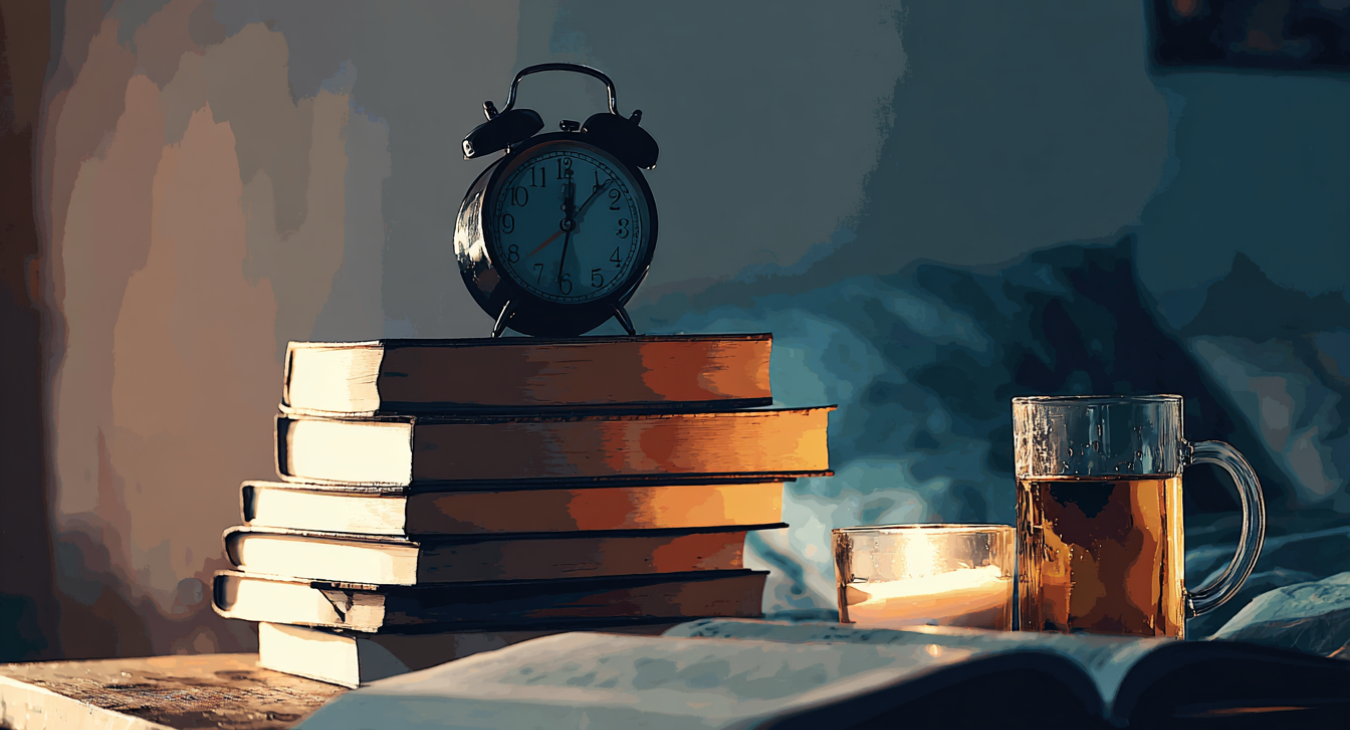Ever wonder why some books are so addictive?
You start reading at 9 PM with the best intentions—just a chapter or two before bed. Next thing you know, your alarm is going off, you've got book spine creases on your cheek, and you're frantically texting your friend: "HAVE YOU READ THIS? WHY DIDN'T YOU WARN ME?"
That's not an accident. That's psychology.
The authors who consistently create these sleep-stealing, life-disrupting masterpieces? They understand something crucial: reading isn't just about processing words on a page. It's about triggering specific psychological responses that make our brains scream "MORE!"
So what are these triggers? And more importantly, how do you weaponize them in your writing? (Ethically, of course. We're writers, not villains. Well... usually...)
1. The Zeigarnik Effect (Or: Why Unfinished Business Haunts Us)
Named after psychologist Bluma Zeigarnik, this phenomenon explains why we remember incomplete tasks better than completed ones. Your brain literally won't let you forget unresolved storylines.
Smart authors exploit this mercilessly.
They drop breadcrumbs of mystery, hint at secrets, and create what I call "the cognitive itch"—that nagging feeling that you NEED to know what happens next.
I know this stuff! I'm a writer, but I still fall into the trap. I watch a binge-worthy show a,nd I'm clenching my fists or jaw and muttering, "What will he do now?"
We all do it when the Z trigger kicks in! So, how can we writers hone in on these secret weapons?
How To Use It
- End chapters mid-conversation, mid-action, or mid-revelation.
- Don't wrap things up neatly. Leave threads dangling like Christmas tinsel.
- Your readers' brains will obsess over those loose ends until they're resolved.
Warning: This only works if the unresolved element actually matters to your story. Random cliffhangers feel manipulative. Meaningful ones feel essential.
2. The Variable Reward Schedule (Or: Why Slot Machines and Page-Turners Work the Same Way)
Behaviorist B.F. Skinner discovered that unpredictable rewards create the strongest behavioral responses. Think about it—if you got £10 every time you pulled a slot machine lever, you'd quickly get bored. But if you might get £10, or £100, or nothing? You'll keep pulling.
Books work the same way. Readers need emotional payoffs, but they can't know exactly when they're coming.
How To Use It
- Mix up your reward schedule.
- Sometimes, give readers the emotional hit they're craving immediately.
- Then make them wait.
- Also, give them something unexpected entirely.
- This unpredictability creates addiction.
Examples
- The couple finally kisses... but someone interrupts
- The mystery gets solved... but reveals a bigger mystery
- The character gets what they want... but it's not what they expected
3. Mirror Neurons and Emotional Contagion (Or: Why We Feel What Characters Feel)
Mirror neurons fire both when we act and when we observe others acting. This is why you wince when someone gets hurt in a movie, or why you smile when a baby laughs. Or in my case, closing my eyes in the gory bits when someone is badly injured or being cut open.
In books, this means readers literally experience your characters' emotions. Not metaphorically—neurologically.
How To Use It
- Write emotions physically, not just mentally.
- Don't tell us your character is nervous.
- Show us their sweaty palms, their racing heart, their stomach doing gymnastics.
- Your readers' mirror neurons will fire, and they'll feel nervous too.
The Secret Sauce
Layer physical sensations with internal thoughts or shouting at the character. "His chest tightened. Not now. Please, not now." Sudd,enly, your reader is having an anxiety response right alongside your character.
4. The Spotlight Effect and Protagonist Investment (Or: Why We Become Temporary Narcissists)
When we read, we unconsciously project ourselves into the protagonist's position. Psychologists call this the "spotlight effect"—we become intensely focused on the main character's experience as if it were our own.
This is why we care so deeply about fictional people's problems. (And why we sometimes need therapy after reading certain books. Looking at you, emotional devastation novels.)
In The Story Emotion Engine, we go through legal emotional manipulation techniques for writers who want to keep their readers hooked on their stories.
How To Use It
- Get inside your protagonist's head early and often.
- Share their fears, hopes, and internal contradictions.
- The more intimately readers know your main character, the more invested they become in their outcome.
Pro Tip
Ground big emotions in small, specific details.,
"He whispered her name and she spun around, heart hammering. That voice. The way he whispered her name, sent heat racing up her neck."
Specificity creates a connection. The key is showing the character physically reacting and moving in response to the emotion, rather than just thinking about it. Much more engaging!
5. The Information Gap Theory (Or: Why Spoilers Actually Hurt)
Psychologist George Loewenstein identified that curiosity is fundamentally about information gaps. When we perceive a gap between what we know and what we want to know, we experience curiosity as actual psychological discomfort.
That discomfort drives behavior. In this case, it drives page-turning.
How To Use It
- Create deliberate knowledge gaps.
- Reveal information slowly.
- Let readers piece things together.
- The moment they think they've figured it out, introduce new information that makes them question everything.
Advanced Technique
- Use dramatic irony sparingly but powerfully.
- Sometimes, let readers know more than the characters.
- Sometimes, let characters know more than readers.
- Both create different types of delicious tension.
Bingeable Breakdown
- Unfinished business haunts readers' brains until resolution (use it!)
- Unpredictable emotional rewards create addiction patterns
- Physical emotions trigger readers' mirror neurons for a deeper connection
- Intimate character knowledge makes readers personally invested
- Information gaps create psychological discomfort that drives page-turning
What's Next?
Join us again for "The Chapter-Ending Formula That Keeps Readers Up Until 3 AM"where we'll dissect exactly how to end chapters so your readers physically cannot put your book down.
In the meantime, take a look at your current manuscript. Which psychological triggers are you already using? Which ones could you strengthen?
Remember: understanding the psychology doesn't make your story manipulative—it makes it irresistible.

